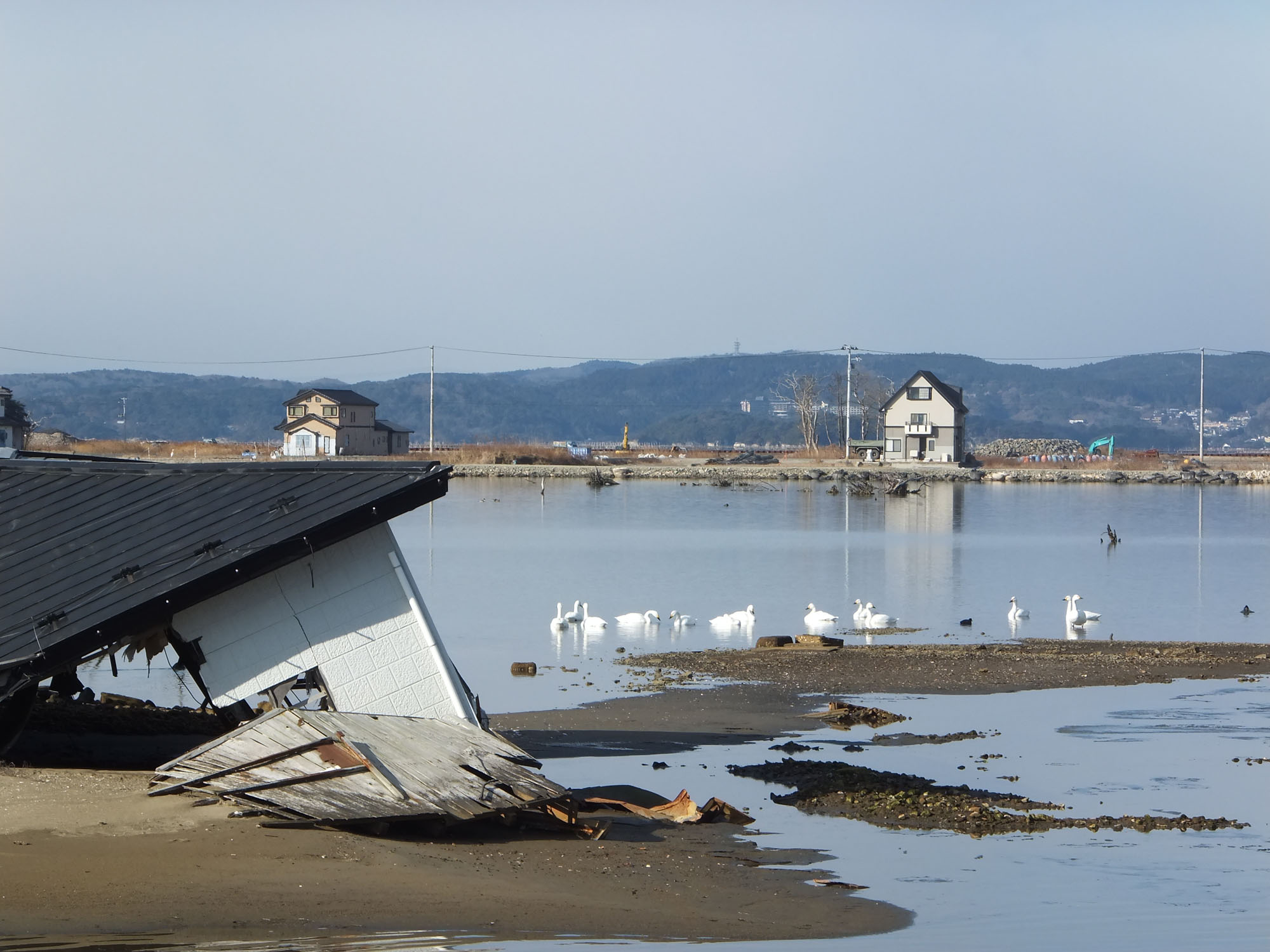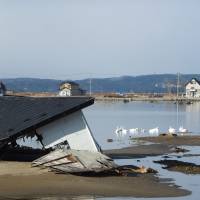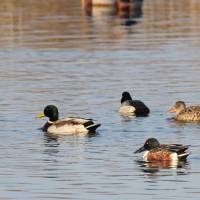Between the ages of 13 and 17, I went to Cheltenham Grammar School for Boys in that picturesque spa town on the edge of the Cotswold Hills in Gloucestershire, England.
Back then my favorite lessons were the biology classes taught by Peter Driver, who put great emphasis on practical work in both the field and the laboratory. Just 10 years older than me, Peter was a tall, strong man with a great sense of humor, and we boys were saddened when he left for Montreal, Canada, to get his doctorate at McGill University.
Before he came to our school, Peter had worked at the Slimbridge Wetland Centre about 25 kilometers away on the River Severn estuary. Slimbridge was set up in 1946 by the artist and naturalist Peter Scott (1909-89), son of the heroically ill-fated Antarctic explorer, (Royal Navy) Capt. Robert Falcon Scott.
At first, Slimbridge was simply a haven for a few overwintering swans, but in 1950 Scott — who became one of the founders of the WWF (World Wide Fund for Nature) in 1961 — brought endangered Hawaiian nene swans there and bred them until there were enough to reintroduce them to their native Hawaii. Now, Slimbridge occupies some 800 hectares and has the largest collection of captive wildfowl in the world, mixing with truly wild birds.
Peter, influenced by his time there, decided to do his doctoral research on eider ducks, which breed in Arctic Canada during summer. He needed a field assistant for his expeditions in 1958 and '59, and he chose me. Like Peter, I was passionate about wildlife in general and waterbirds in particular — keen interests I have maintained ever since.
After the catastrophic tsunami that struck the Tohoku region of northeastern Honshu on March 11, 2011, I was asked to help in designing and building an elementary school on a new, safe site in the Nobiru district of Higashimatsushima, Miyagi Prefecture. On my first visit there with my Afan Woodland Trust staff that November, we saw one flooded expanse that had sunk by about a meter. In fact, the sea had reclaimed its own, because most of that area had been landfilled a century before to create rice paddies.
The sight of so much devastation where so many lives had been lost was really disturbing, but one time when our car stopped and we were standing by a wrecked school whose walls were being lapped by waves, a wedge of swans flew straight over us, their pinions whistling as they passed.
After we moved on, I asked the driver to stop several more times so I could get out and look at the great number of ducks, swans, geese, cormorants, gulls and other waterfowl paddling, diving and feeding in that sunken area. At one place where they were draining a flooded paddy to search for missing people, untold thousands of juvenile mullet were thrashing about in the muddy, meter-deep water. Already, oysters and other shellfish were living on submerged concrete debris — making it clear the sea and its life wanted to return.
I asked my friend Kimio Kawasaki, the trust's on-call ornithologist and field instructor, to do a survey of the waterfowl and other birds in that area. I attached the results to a proposal I submitted to turn it into a wetland center, which would serve as a memorial, a place of education and research, and a magnet for bird-loving tourists.
The proposal drew few, if any, objections from local people, but it met entrenched resistance from bureaucrats and some politicians eager to pump the land dry, build 14-meter-high sea walls and import landfill to recreate rice paddies, all at great cost to the public purse.
Huge areas of what could have been at least a 70-hectare wetland had already been lost that way, even though most of the farmers had no interest in growing rice there again. Yet now, after seven years of arguments and discussions, there is a growing agreement to save the last 20 or so hectares of that sunken land, and to keep some 60 hectares of adjoining rice paddies flooded in winter instead of draining them in the traditional way.
Consequently, waterfowl such as plovers, ducks, dabblers and swans searching for overwintering sites will soon find an 80-hectare wetland awaiting them — an area in which they can feed on weeds, snails and insects, and spread their waste. So by vastly reducing the need for pesticides and fertilizers, rice from the paddies can be branded as a special crop and fetch a higher price.
With some government organizations now firmly on our side, funding is coming through for the research needed to make a thriving wetland with its own nature center. We are hugely pleased, and others are sure to follow suit. If Peter Driver was still around, I think he would have patted his former pupil and field assistant on the back.





















With your current subscription plan you can comment on stories. However, before writing your first comment, please create a display name in the Profile section of your subscriber account page.